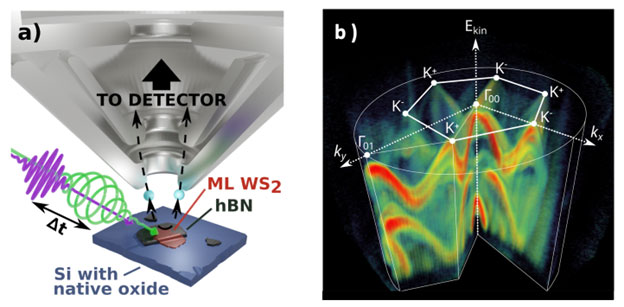
Directly Imaging Quantum States in Two-Dimensional Materials
Scientists image the complete set of light-induced quantum states in 2-D crystals of tungsten disulfide and reveal the mechanisms coupling these states.

Scientists image the complete set of light-induced quantum states in 2-D crystals of tungsten disulfide and reveal the mechanisms coupling these states.
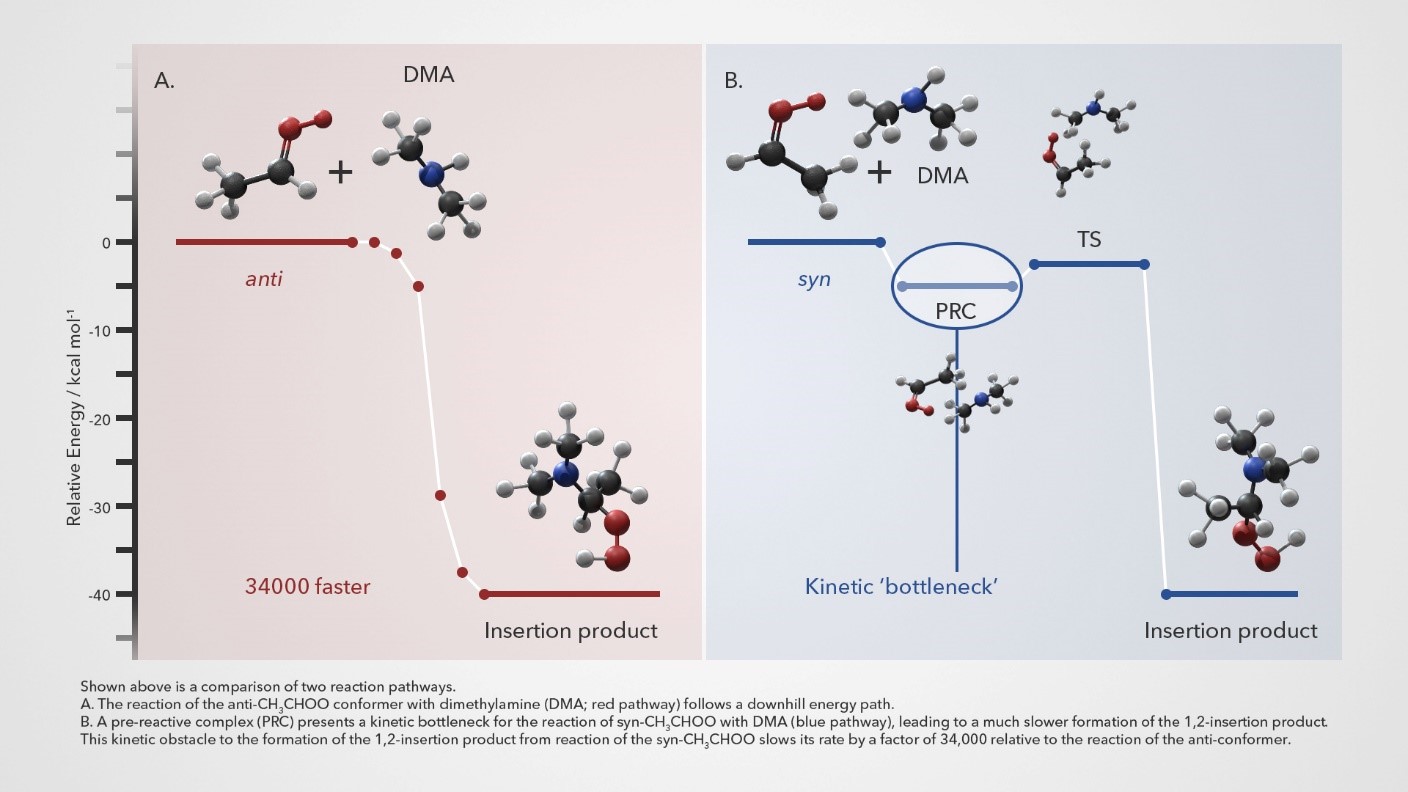
Researchers find that different conformers of a type of atmospheric molecular intermediates react differently with the pollutant dimethyl amine.

By confining the transport of electrons and ions in a patterned thin film, scientists alter the material's properties for next-generation electronics.
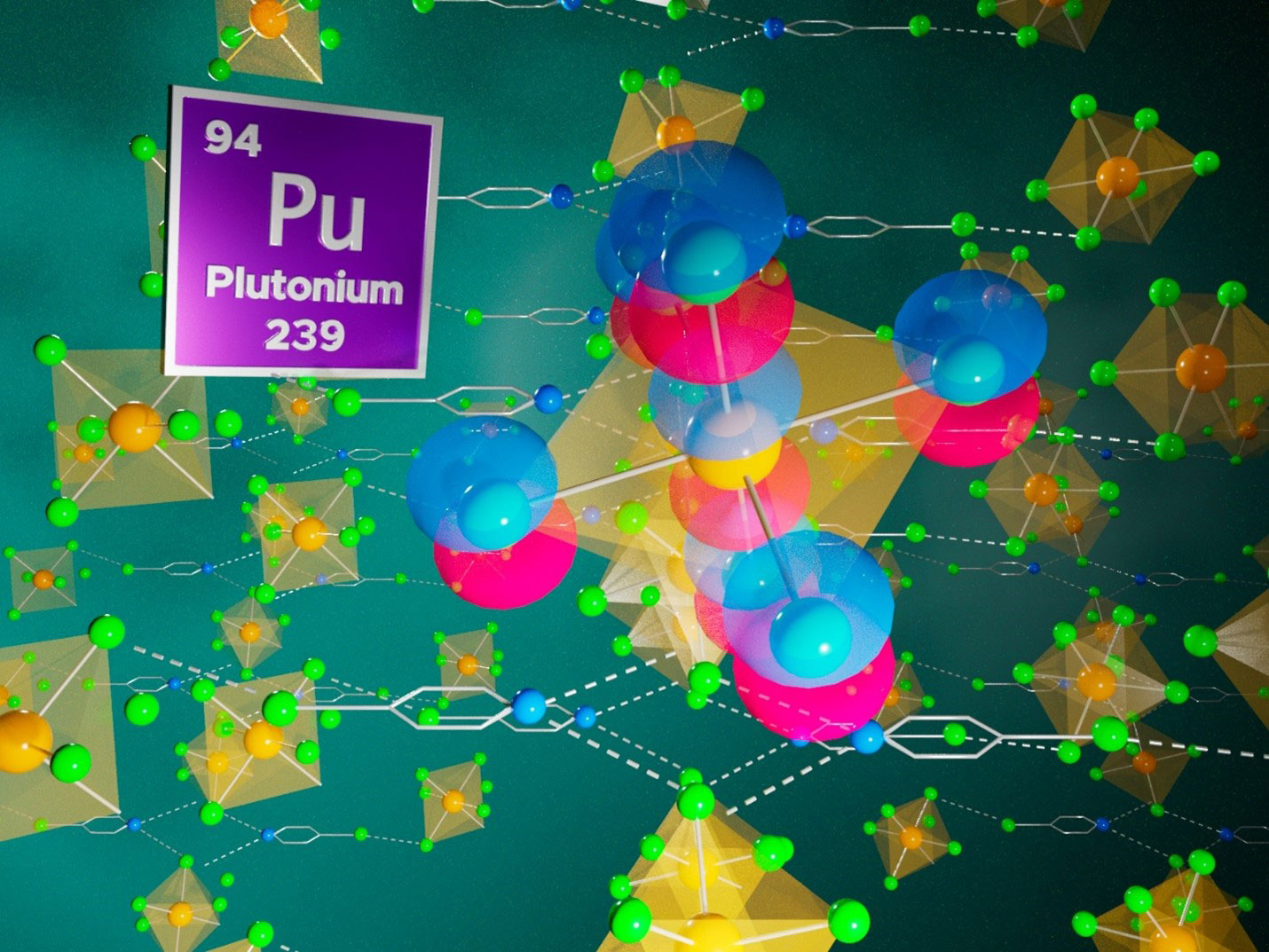
Researchers combined crystallographic data and computational studies to investigate plutonium-ligand bonding within a hybrid material construct.
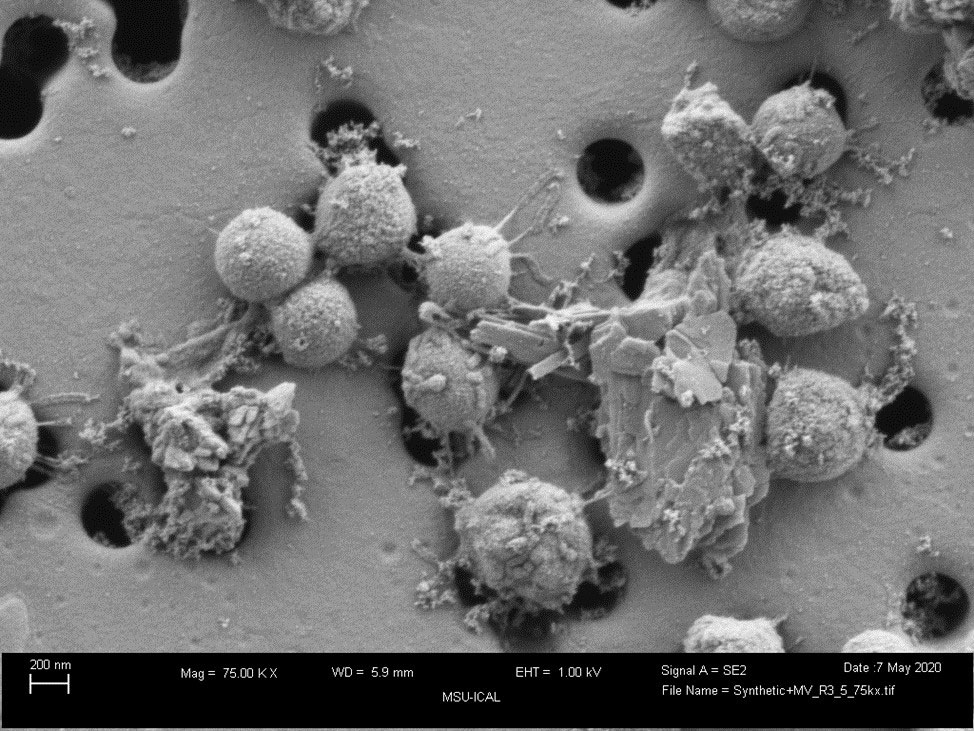
Understanding how methanogenic bacteria can “bio-mine” minerals advances biotechnology and helps scientists understand the Earth’s geological history.
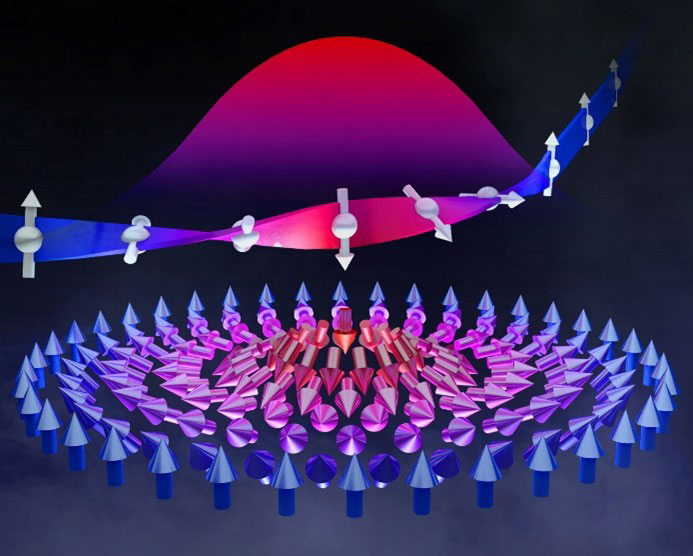
Interfaces made by stacking certain complex oxide materials can tune the quantum interactions between electrons, yielding exotic spin textures.
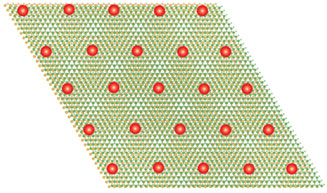
Researchers detect an exotic electron phase called Wigner crystal in tungsten diselenide/tungsten disulfide moiré superlattices.
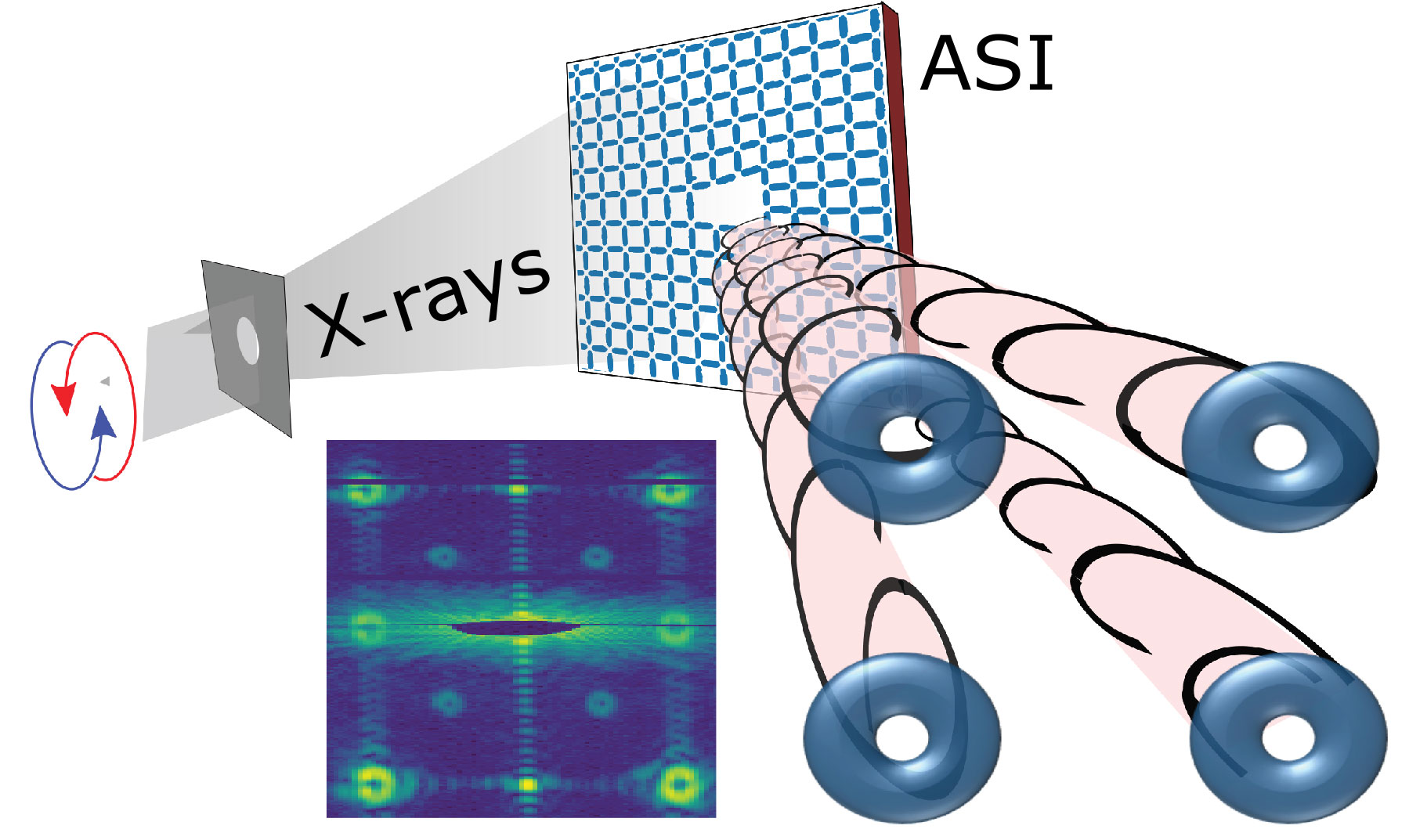
Patterned arrays of nanomagnets produce X-ray beams with a switchable rotating wavefront twist.
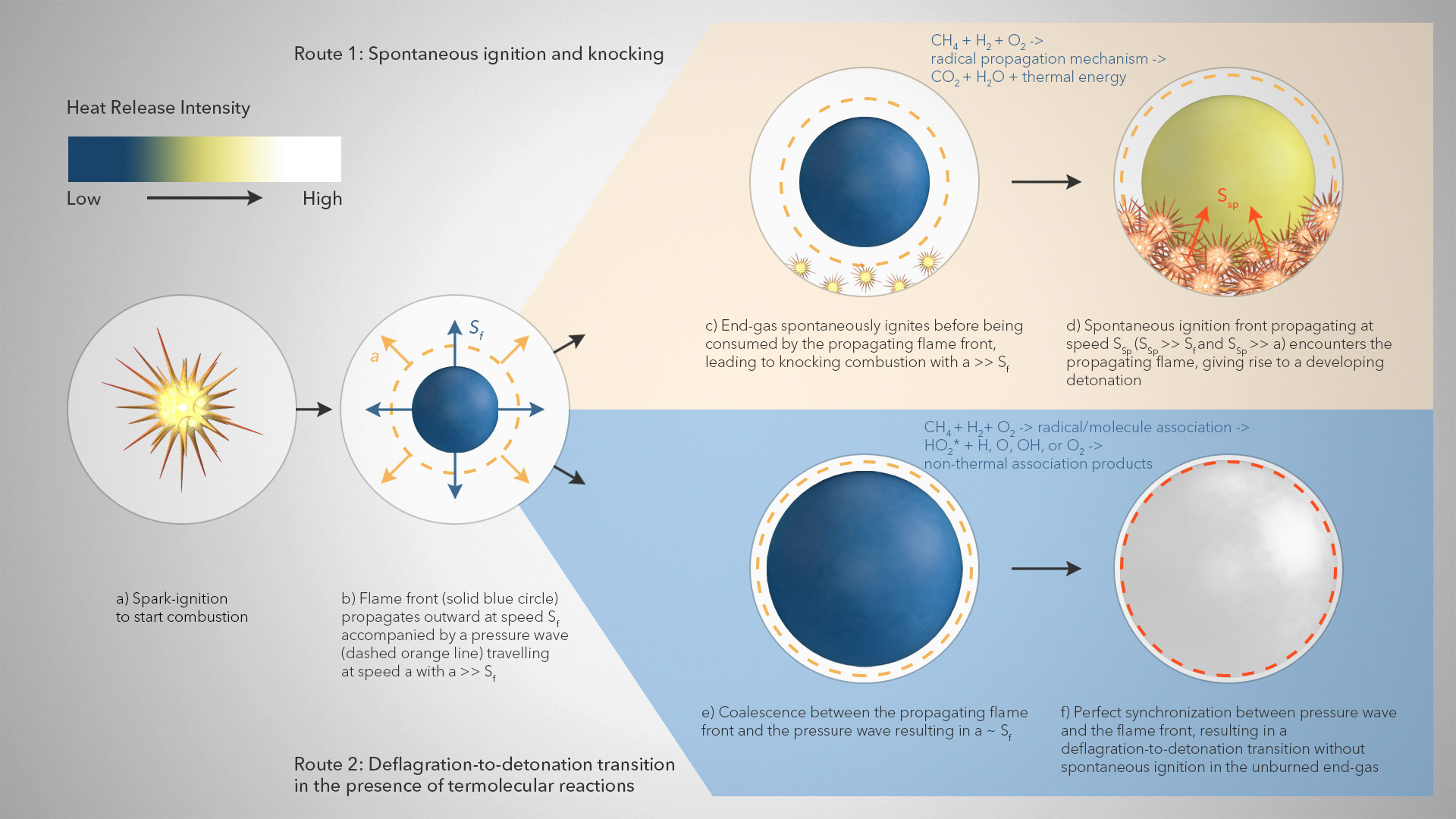
Scientists analyzed detonation formation in hydrogen/methane air mixtures, quantifying the effect of non-thermal reactions on the mechanism of detonation.
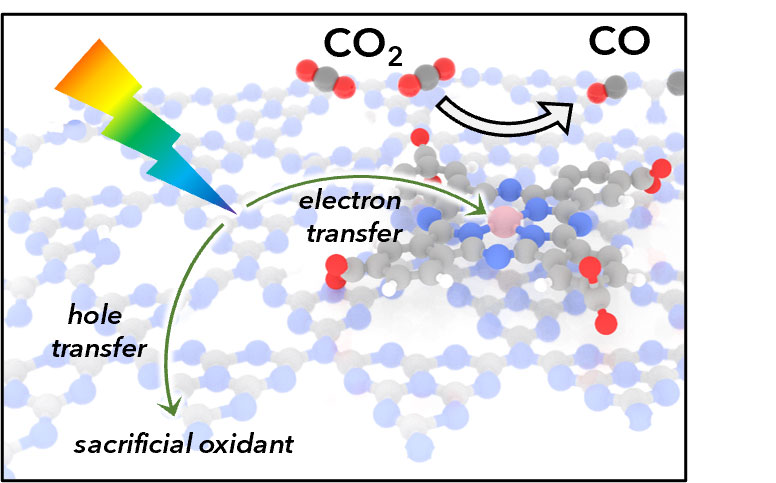
A molecular catalyst integrated with a carbon nitride semiconductor harvests sunlight to rapidly and selectively convert carbon dioxide into carbon monoxide.
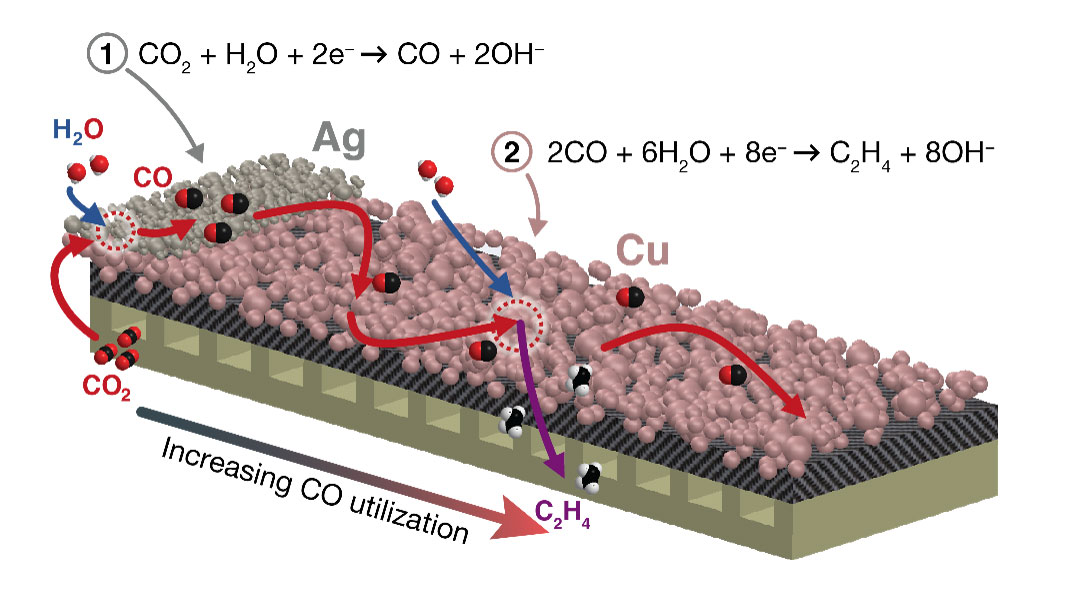
Electrode engineering produces unprecedented selectivity, and high rates of carbon dioxide reduction to multicarbon products.
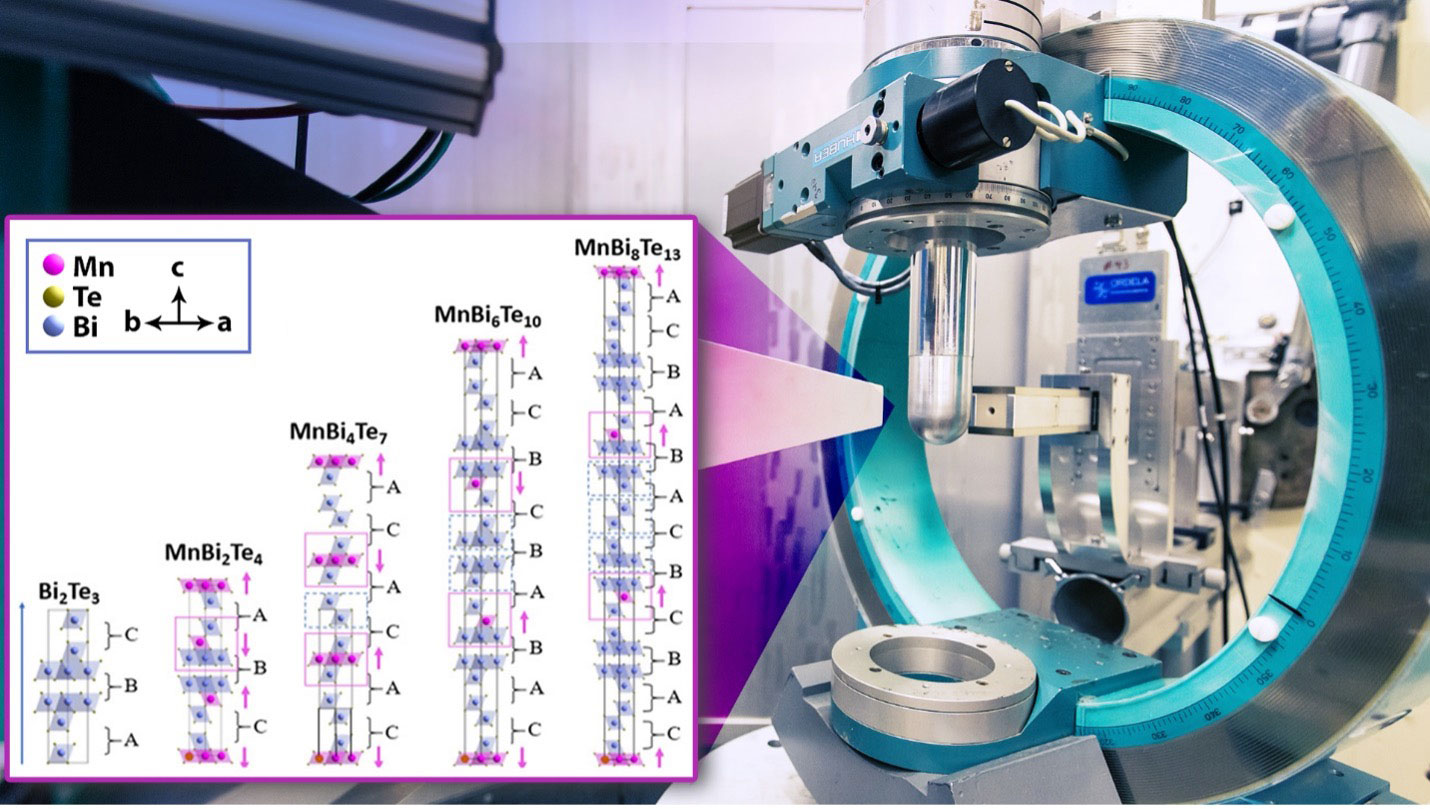
Combining synthesis, characterization, and theory confirmed the exotic properties and structure of a new intrinsic ferromagnetic topological material.